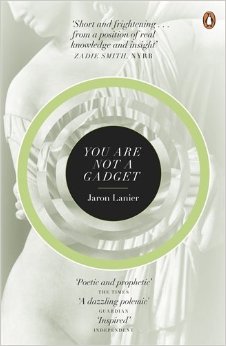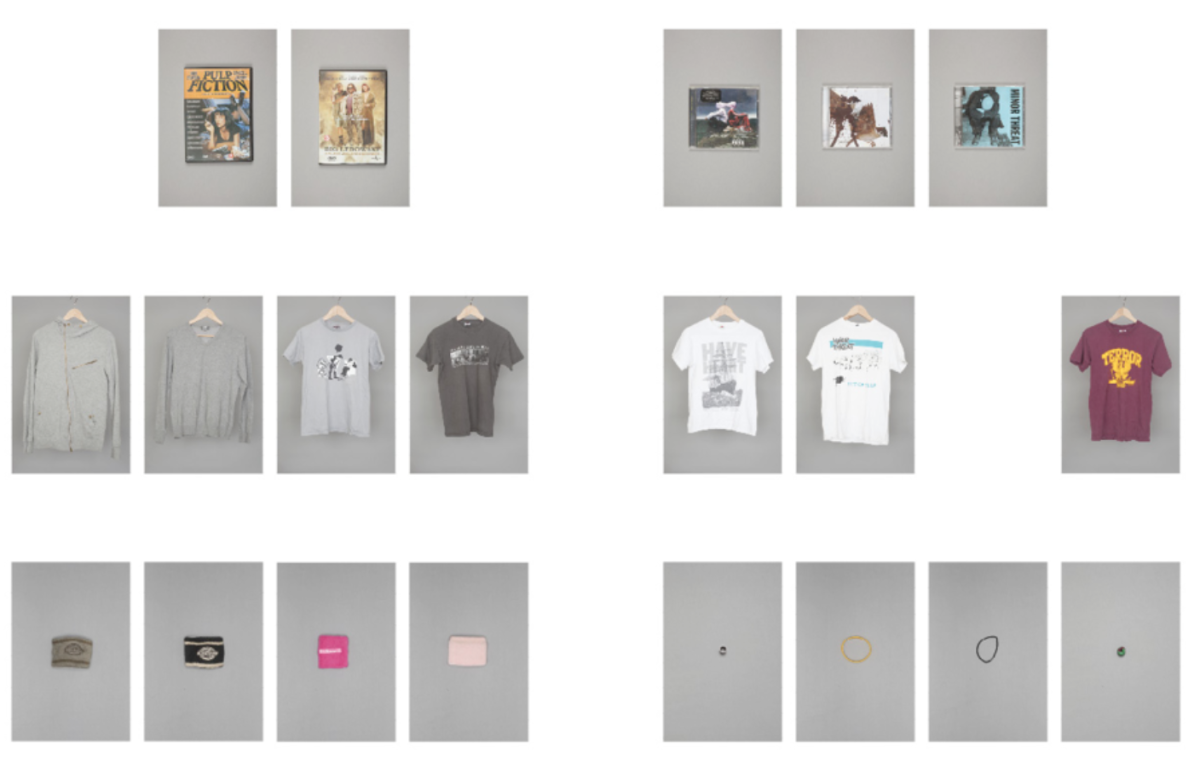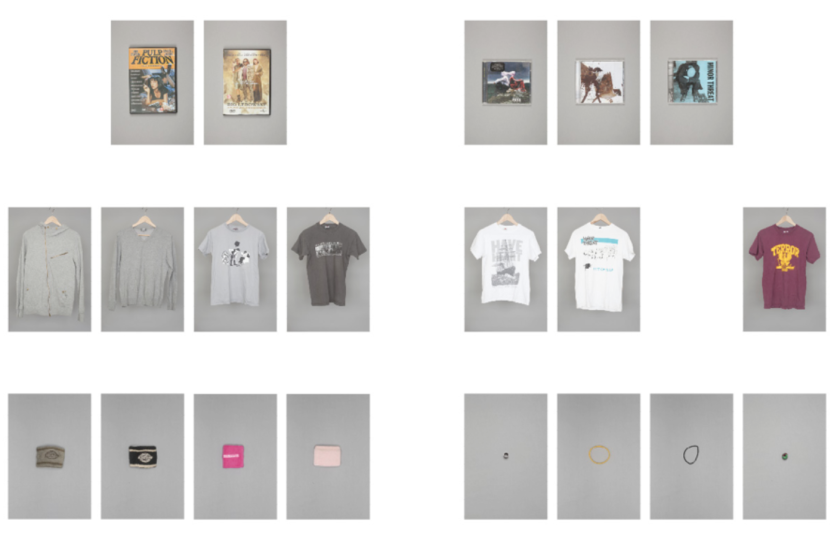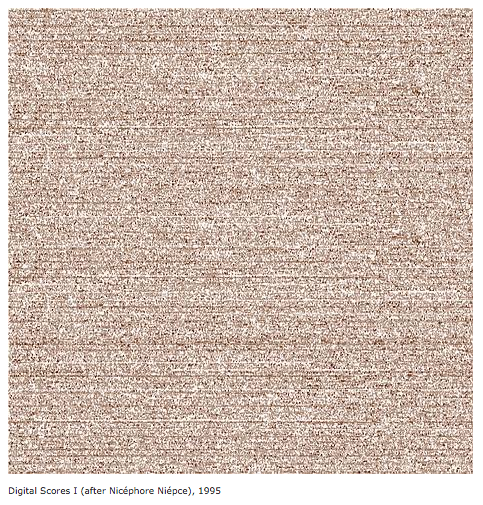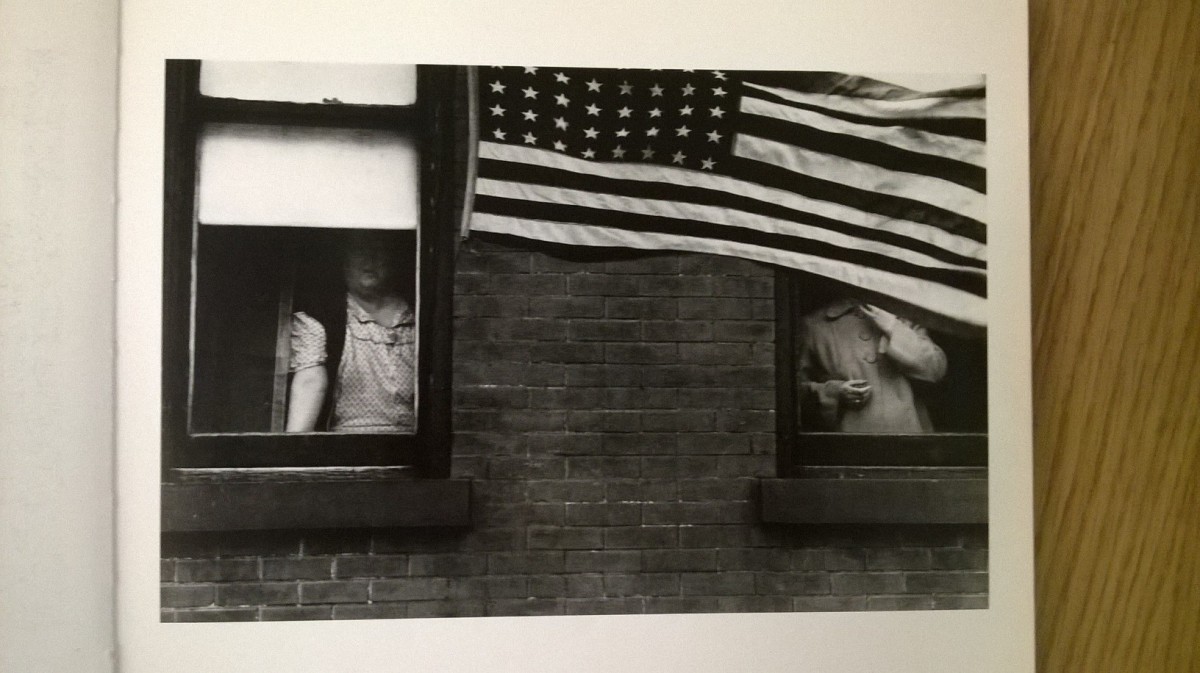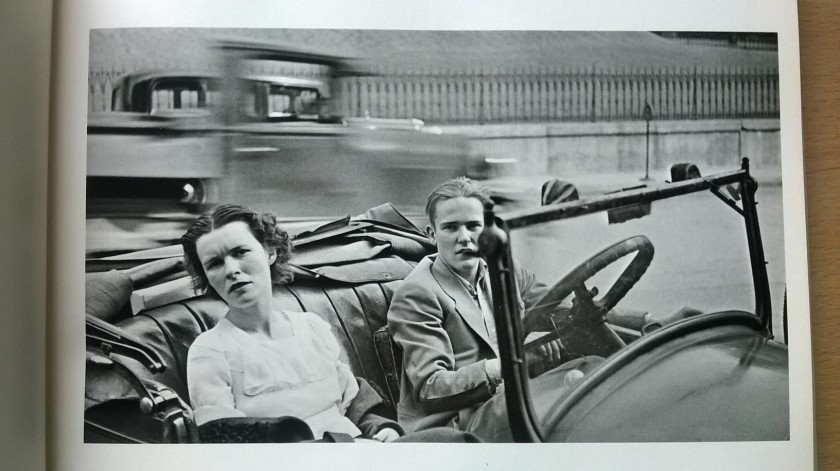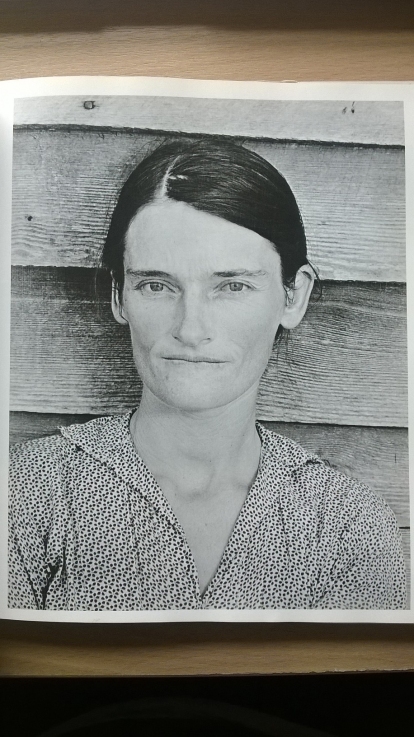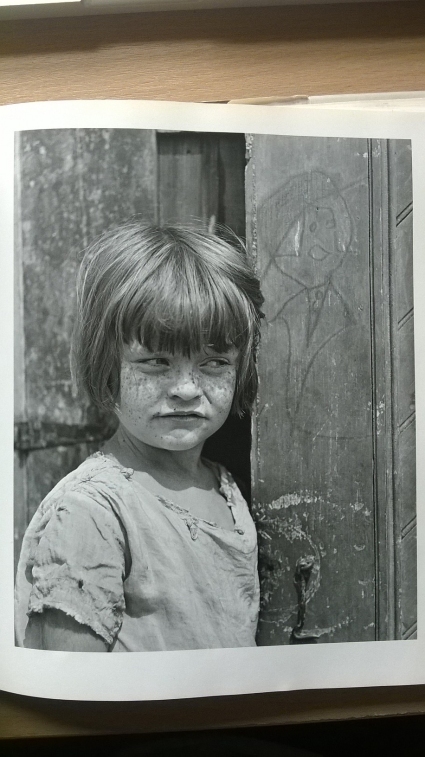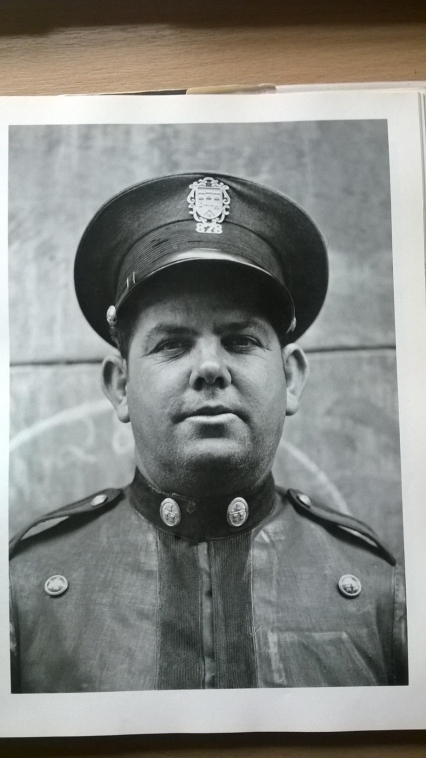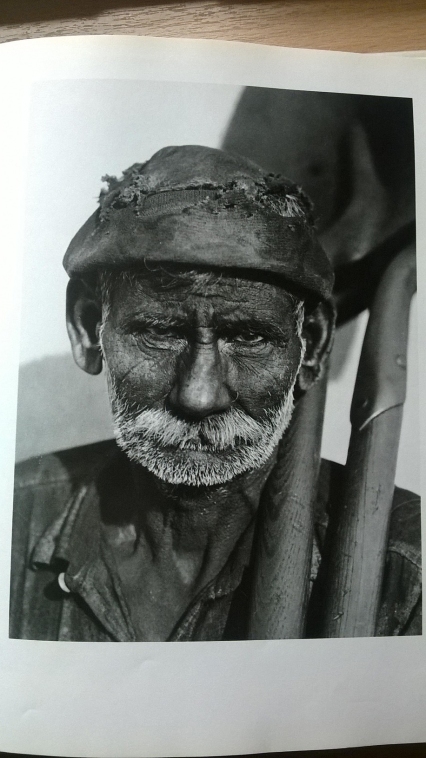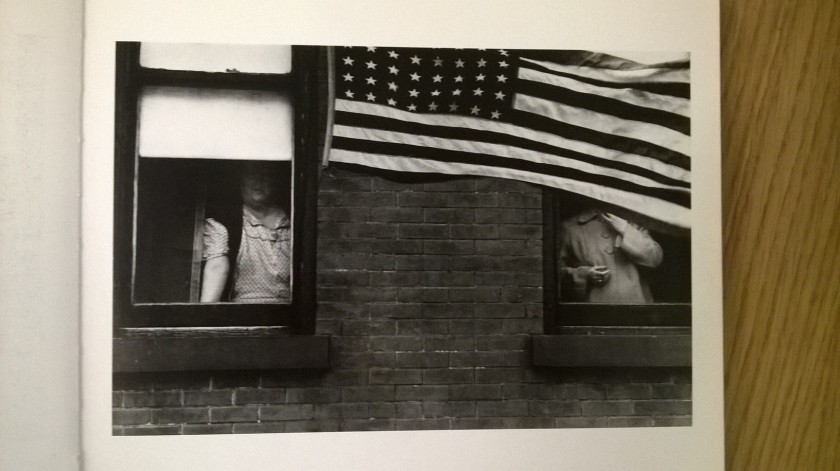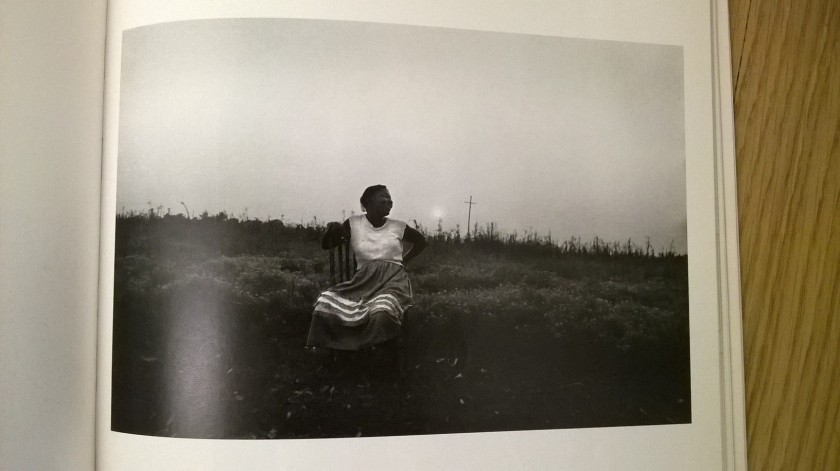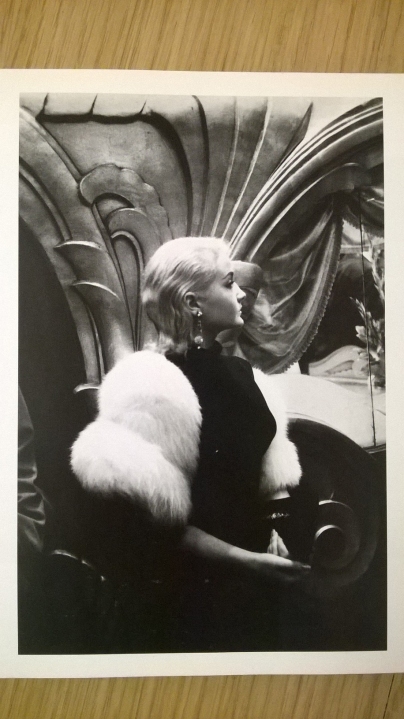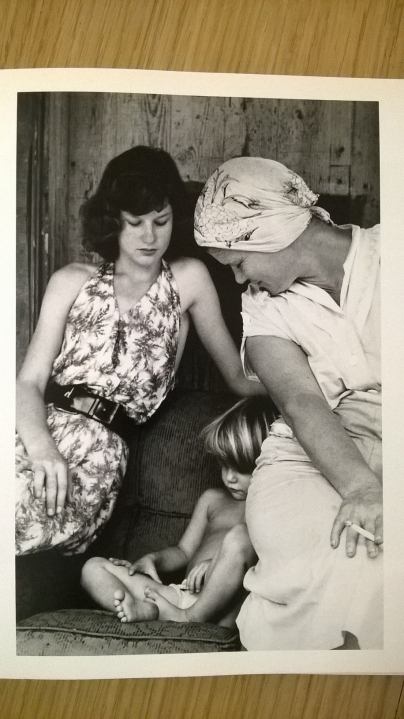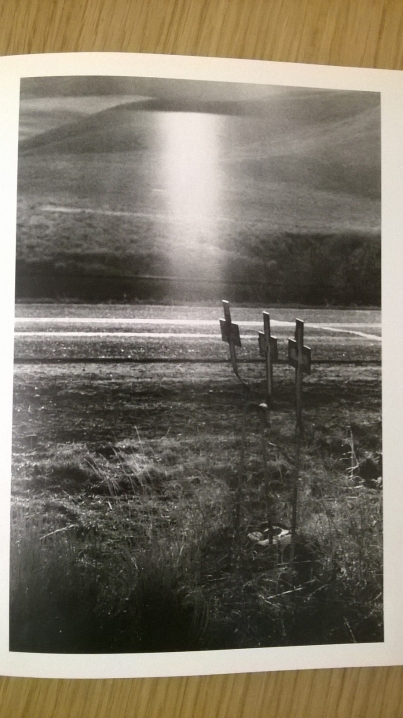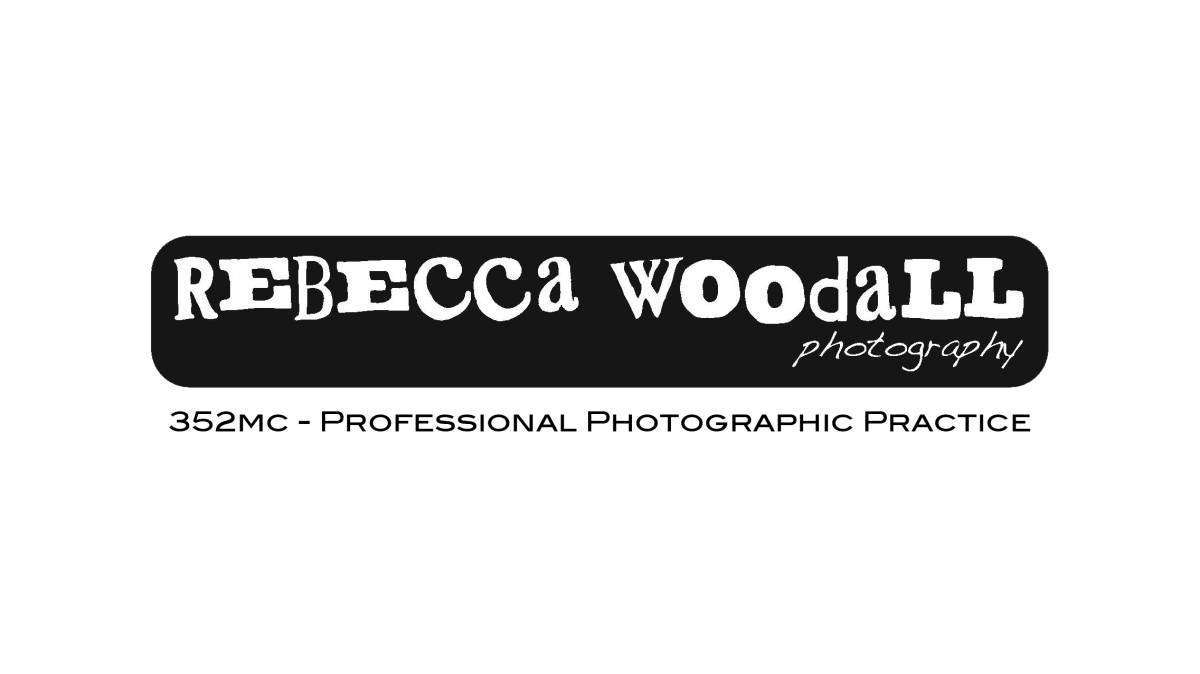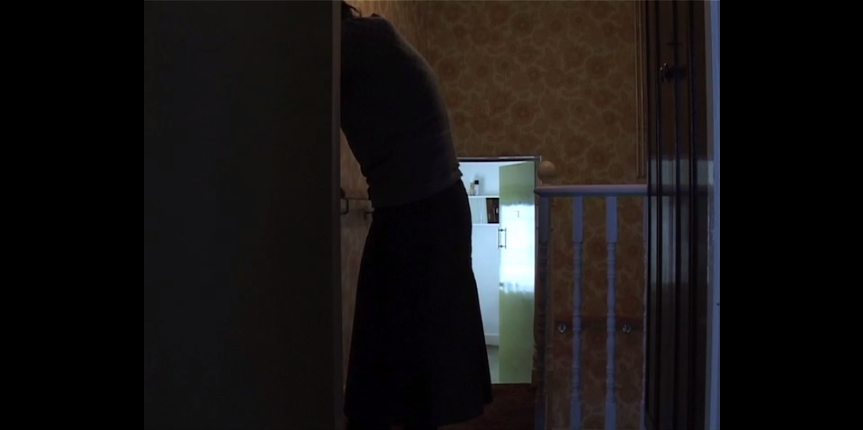You Are Not A Gadget, by Jaron Lanier is a book I had briefly started reading when I was working on the Phonar module (Photography and Narrative) and it brought up some really interesting aspects about the self and the relationship between a person and digital technology which I thought would be good to include in my research surrounding my Final Major Project. The first chapter particularly outlines the what a person is and how they could be changed by their interaction with digital technology.
PART ONE – WHAT IS A PERSON?
Chapter One – Missing Persons
- Software expresses ideas, it is also prone to the “lock-in” of ideas
- World Wide Web 2.0 called “open culture”
- Process of fragmentation has demeaned interpersonal interaction
- Communication in digital age presents a reduced expectation/representation
- Technology changes people, an extension of the self
- Jeremy Bailenson – avatar in virtual reality transforms self esteem and self perception
- Identities can be shifted by the ‘quirks of gadgets’
- Hive mind is the audience, who is the presenter?
- Different media stimulates different potentials in human nature
- Shouldn’t make pack mentality more efficient, should explore/develop the individual mind
- Is virtual reality like a drug?
- What is the human relationship with technology?
- Tim Berners Lee invented design of current Web – was meant for a community of physicists
- Dave Smith made MIDI (music software)
- Design is key to software, design is key for any influential arrangement – the Tube was designed without ventilation and can’t be changed
- Computers are much more powerful – MIDI now exists in phones
- Lock-in removes design options based on convenience/efficiency
- Now MIDI is hard to change to culture changes to suit it
- Operating system UNIX – has some MIDI characteristics
- UNIX has been incorporated into society
- Files are now a part of life
- What do files mean for human expression?
- Is anonymity and pseudomyity a good thing?
- Rise of the Web exposed human potential
- Fad for anonymity has empowered sadists
- Google brought about tailoring through ads and searching
- Google discovered an influential part of the market
- Using the cloud for storage was developed/implemented
- Subculture “cyber totalist” or “digital Maoists”
- Criticism of digital culture is it tries to split the group into incredibly niche sections
- Marxism/Freud’s ideology about battling the subconscious
- There are significant challenges to the Internet now – UNIX inability to keep up with time and MIDI nuance challenged
- Emphasising the crowd means de-emphasising individual human beings
- Encouraging non-humanistic actions is encourage mob-like behaviour (trolling/catfishing)
- Deep meaning of human personhood has been reduced to an illusion of bits
- Online culture is a global issue however it is not the priority
- Be a person not fragments to be exploited, don’t be defined by software
- Active campaign in 1980s and 1990s to promote visual elegance in software
- Apple and Microsoft worked on different designs
- New York Times promotes ‘open digital politics’
Reflection:
Jaron Lanier makes some really interesting points in the emerging behaviour of people through using technology, focusing down on the concept of the ‘hive mind’: where everyone acts as a collective online, presumably because it is believed there is more strength in numbers. Despite a person being able to exist on their own, people are drawn together on the Internet and showcase ‘pack-like’ behaviour when their ideals and ideas are threatened, drawing in their connections to create the impression they are the stronger force. Lanier goes on to say that by emphasising crowd behaviour, we are in fact de-emphasising human beings, which in turn encourages mob-like behaviour such as trolling and catfishing. There is a similarity between this book and the research I have conducted in other fields such as the paper on the online disinhibition effect. Suler describes the individual as having a personality like a constellation, where different aspects align when entering an online space. Lanier also recognises this, but calls it fragmentation, and explains that a fragmented individual is easily exploited by software. As Lanier states, the Internet, digital technology and all the characteristics that come with it are a part of life now, almost everyone recognises what a file is and uses them on a daily basis. The idea of Freudian and Marxism ideas that everyone is battling their subconscious could also be a reason why some individuals act and present themselves differently online, because parts of their subconscious desires are filtering through into their online presence. Lanier states the online culture is a global priority, with darker corners of the Internet emerging as people put more of their inhibited thoughts online, and trolling occurring on an increasing level, however this issue has not even been considered to be a priority until this current age. Only in the past fews years has disruptive, destructive online behaviour been addressed, with a law being passed prohibiting the act of ‘revenge porn’, where individuals post explicit videos and pictures of their ex boyfriend/girlfriend online for everyone to see. Each and every individual toxic act like this needs to be addressed and mitigated, however in a democracy, sometimes the line between freedom of speech and toxic behaviour is difficult to draw. It has been incredibly beneficial to include Jaron Lanier’s ideas in my project and I will go on to read the rest of the title and build on his ideas in my future projects, I hope to include his ideas when I go on to do my Masters in Communication, Culture and Media.
